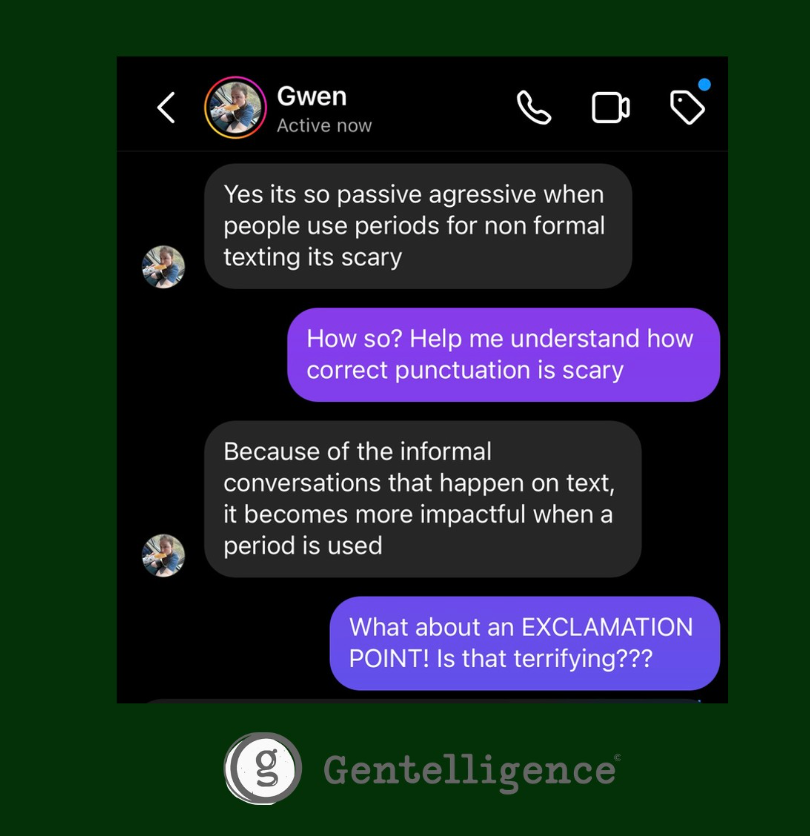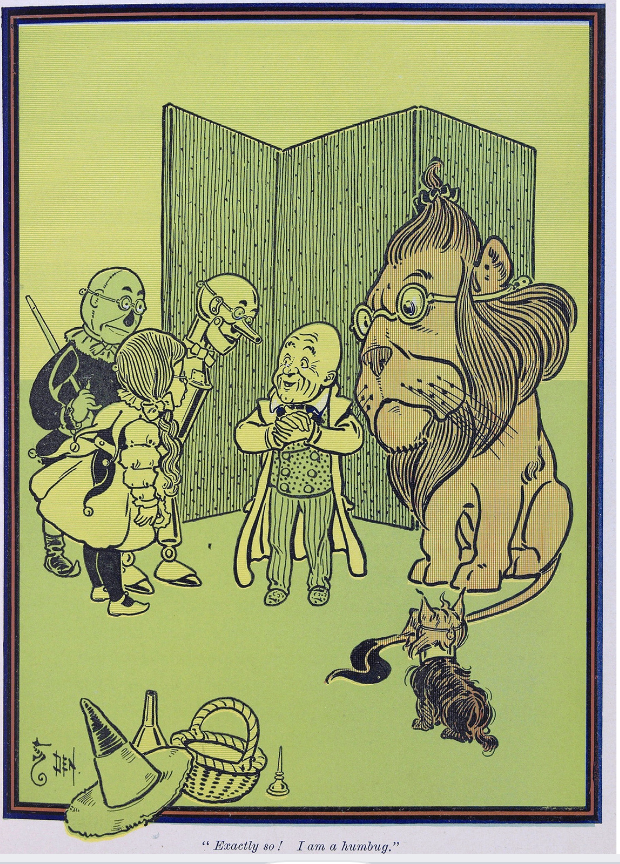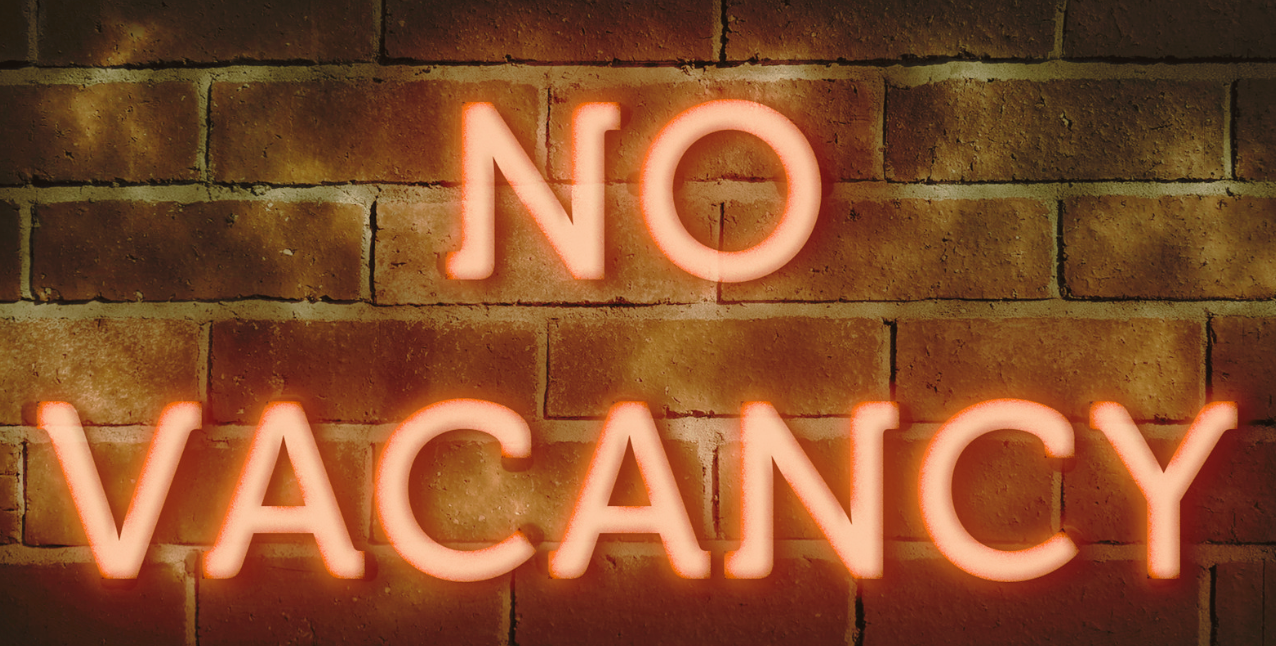What Happens When We Shame & Judge a Generation For Growing Up in a Completely Different Time?
What Happens When We Shame & Judge a Generation For Growing Up in a Completely Different Time?
Last week, the Wall Street Journal published a provocative opinion essay entitled What Happens When a Whole Generation Never Grows Up?
In case you can’t get behind the paywall, the gist of the article is that the entirety of the Millennials (that’s over 72 million people in the US alone) are in a permanent state of what the article called “arrested development” because they are not reaching traditional milestones of adulthood (for those playing along at home, those would be getting married, having babies, and buying houses). Sigh. The Atlantic ran a similar article 4 years ago (entitled Why Millennials Can’t Grow Up), and I hated that one too. The Atlantic used this same set of benchmarks to judge the older Millennials (I will never use the phrase “elder Millennial”) in their 2021 article, and this WSJ take tells us this is still the case as the youngest Millennials approach 30 this year.
Where shall I begin?
I think we can all agree that the phrase “grow up” is a loaded one:
“You need to grow up!”
“Are you ever going to grow up?”
The phrase “milestones of adulthood” paints maturity as an objective concept anchored in the rites of passage of marrying, purchasing a home, and having children. Yes, for past generations, those have been common benchmarks that occur as one passes through life, but the article is based on what I consider a number of flawed premises. First, the assumption that not checking those boxes represents some personal failure and symbolizes a lack of maturity. Second, the assumption we are anchored to a static definition of growing up and adulthood.
The trusty dictionary told me the definition of grow up (verb) is: 1) to reach maturity; become adult or to
2) come into existence; develop. Even these descriptions, like growing up itself, are subjective. What it means to “mature” and the milestones we choose to use to mark this rite of passage have always changed over time.
In the book The Way We Never Were, author Stephanie Coontz notes: “In 1900, 120,000 children worked in Pennsylvania mines and factories; most of them had started work by age eleven.” One hundred and twenty-five years later, our social norms on child labor have evolved to the point where we have formulated them into law, not wanting 11 year-olds working anywhere, much less the in the mines.
According to researchers Elizabeth Fussell and Frank Furtzenberg, “the transition to adulthood has become more complex in the latter half of the twentieth century…As more young people, regardless of gender, race, or nativity, participate in secondary education through their teens, young people leave home at later ages. Furthermore, the norms surrounding the appropriate age for marriage and childbearing have changed radically over the century.”
Let’s rewind just 55 years to 1970. The average age for a woman to marry was 21, for men it was closer to 23.
Fast forward to the year 2000. The average age of marriage has increased to about 25 for women, and 27 for men.
A trusty trip over to Census.gov gives us a big picture:
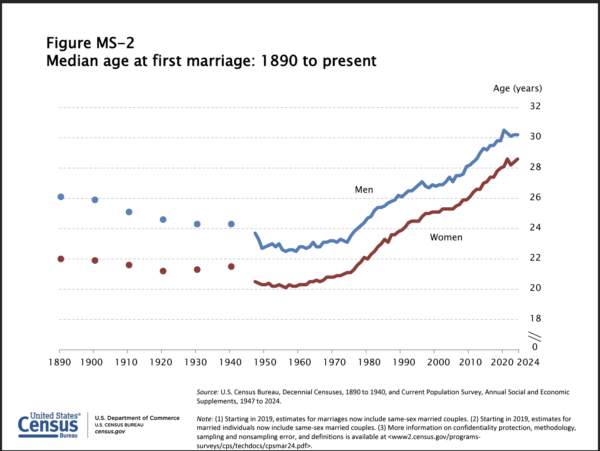
If we insist on using a static definition of growing up (i.e. getting married around the same age as the past generation) it appears those pesky kids have been refusing to grow up for a very long time. With the exception of some outliers around the end of WWII and an interesting spike in age during 2020 (thanks COVID), the average age of marriage has been steadily trending up for the past 100 years. But those outliers are important, as they demonstrate that context and life events matter, and that “growing up” doesn’t occur in a vacuum, but rather is the result of the social and economic forces at work during our lifetime.
The average age to have a child has also gone up steadily over time as well. The average age for a woman to have her first child was just over 21 years of age. By 2000, that rose to 25 years.
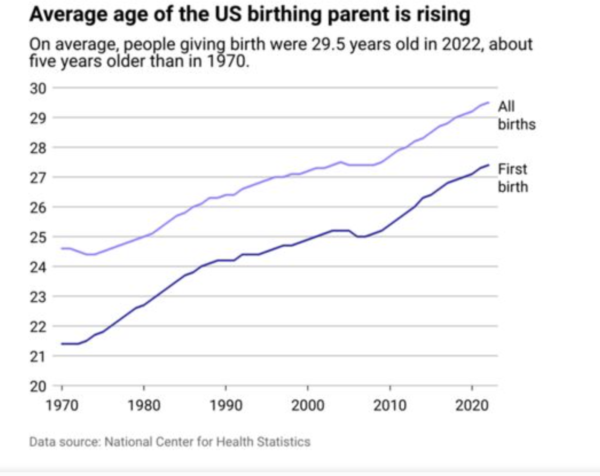
Let’s check out homeownership. Apparently this is important to be a grown up. This data was harder to find. According to marketplace.org, in 2023 the average age of a first time home buyer was 38, up from 35 in 2022. In 1981, the average age was 29 (I was able to dig back to 1970, where the average age was 30.6). So again, we see an upward trend line due to all kinds of important contextual factors that would have impacted the ability or desire of a young adult to purchase a home. Affordability. More young people going to college. Increases in school loan debt.
I think you get the picture. Through this lens, the Millennials don’t have a unique Peter Pan complex. They are following a long trend where these vestiges of “adulthood” are happening later, if at all.
They are up against some challenging economic realities meaning that those that may feel otherwise ready to purchase a home or get married may not feel it’s economically possible (or responsible) to do so. Mix in concerns about things like climate change and sustainability (more important for younger generations, according to the Pew Research Center), and many Millennials are thinking more carefully about whether or when they want to have children.
There is an argument to be made that waiting (or deciding not) to purchase a home or to have a child until it is more economically feasible is the definition of mature. If as a society we are concerned about the impact of a smaller population, we would need to address the fundamental reasons why these norms have shifted over time, rather than cast judgment on those navigating those waters in real time.
Gentelligence reminds us that every generation must navigate the realities of their own time. What it means to “mature” for a particular is dependent on what is realistically possible and desirable during their time in history, a phenomenon influenced by formative events and social, economic, political, and cultural realities during that era. To judge a generation based on norms from an earlier one is not helpful, it’s just tone deaf. This is how polarization occurs, and this is why we are failing to embrace generational differences as beneficial. Criticism and judgment results in polarization, while curiosity can lead to constructive conversations and meaningful change.




